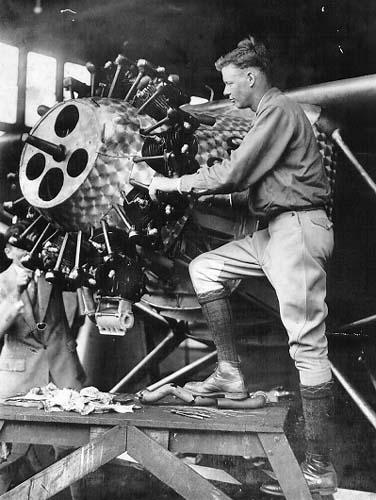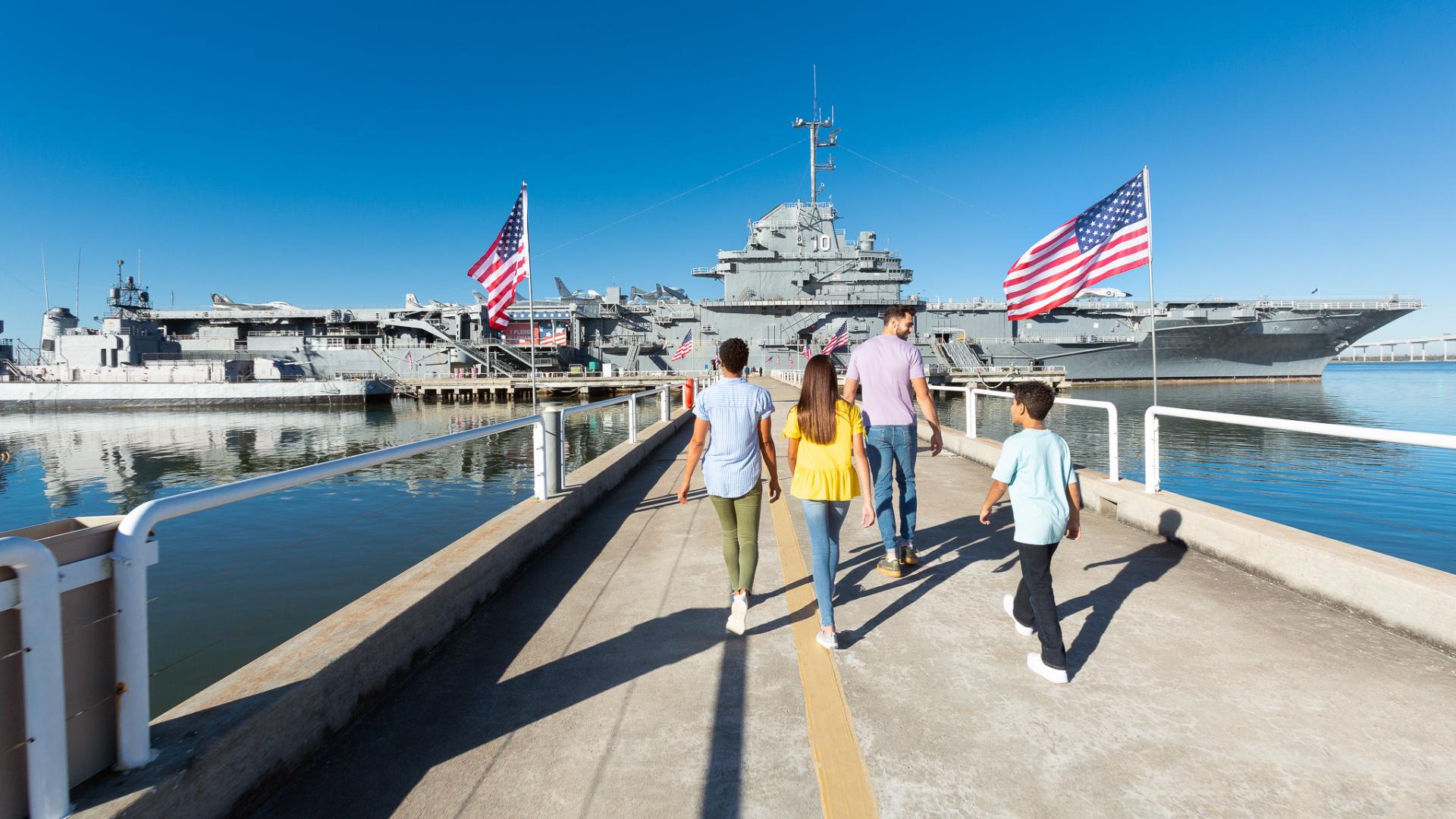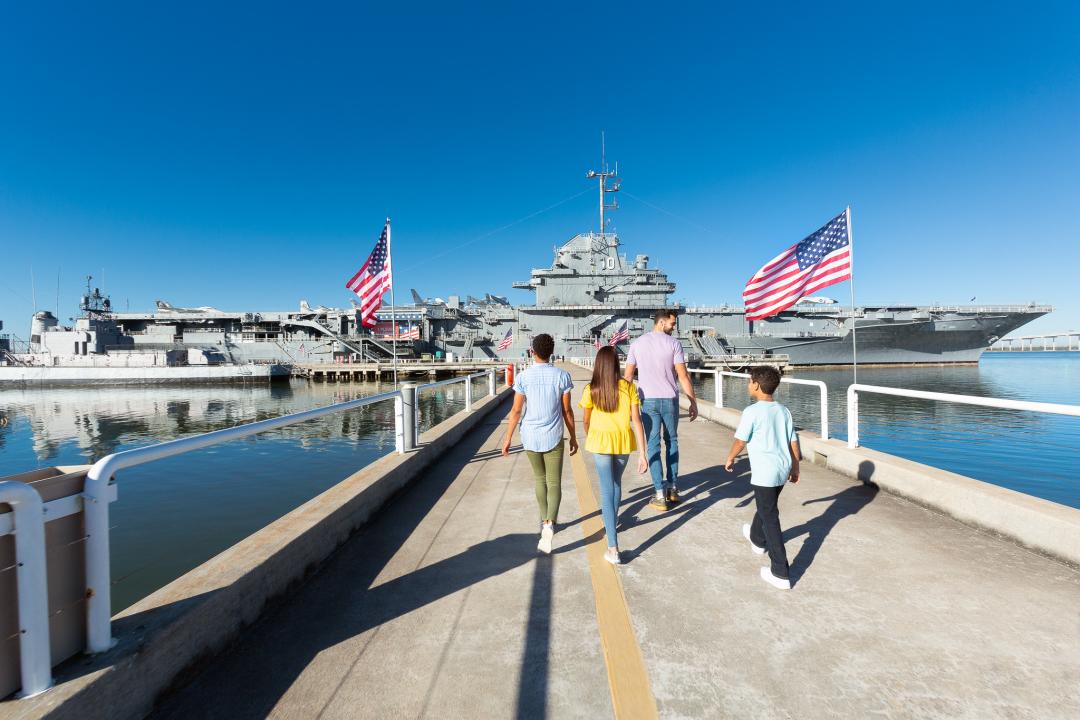.jpg)
On 07 February 1922 a Lawrance J-1 radial engine passed the 50 hour test requirement for the U. S. Navy at the Washington Navy Yard. The J-1 was the first successful air-cooled radial engine in the United States. This achievement led to the pursuit and development of other radial engines for the Navy.
After World War I it was determined that cooling problems with liquid cooled engines accounted for 20% of all engine failures. The United States Navy established a set of requirements for the future development of engines. The standards wanted in future engine design were:
1. Low weight per horsepower
2. High economy in fuel consumption
3. Maximum dependability
4. Maximum durability
5. Maximum ease in maintenance
6. Minimum cost
7. Easy adaptability to quantity production
Engineer Charles J. Lawrance was able to meet the requirements above with the test of his J-1, but his small company could not cope with the numbers required by the Navy. Encouraged by both the Navy and the Army, he sold his company to the Wright Aeronautical Company and became their chief engineer for the next 40 years.
Lawrance and Wright would go on to build the first reliable radial engine the J-5 Whirlwind. It was the J-5 that powered Charles Lindbergh across the Atlantic to Europe in 1927. The J-5 proved that radial engine technology was here to stay, powering Naval Aviation until the advent of jet engines.

Click here to listen to a radial engine of yesteryear...this is the startup of a Curtiss-Wright R-3350 in the Douglas AD-4N Skyraider.

